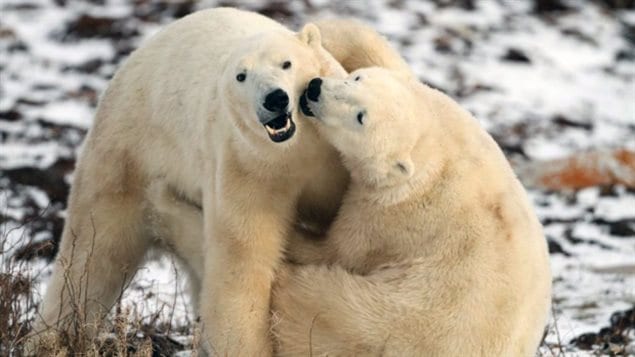Polar bears have given new meaning to sexy feet. Scientist had heard of anecdotal reports that polar bears sniff the tracks of other polar bears and will often follow those tracks but may prefer one track to another.

They speculated that there was something in footprints with gave information to other polar bears.
Other bear species leave scent information by rubbing their bodies and anal glands against trees and other objects. In the Arctic that’s not possible leading to the question of how the solitary bears find each other for mating over the vast distances of sea ice.
Megan Owen, of the Institute for Conservation Research at Zan Diego Zoo, California, in the US, and colleagues from Polar Bears International and the US Geological Survey, decided to investigate.
Their findings were published in the November 3rd edition of the Journal of Zoology
They had samples collected of the scent left by the feet of over 200 wild polar bears in the Arctic. They found pheromones and other chemical traces which bears could identify even in minute amounts and over lapses of time.
They offered the scents to 10 adult male and 16 adult female polar bears in zoos, some wild and some captive-born.
The zoo bears were more interested in scents left in the spring, and male bears especially interested in the scent of female bears, and even more so the ones in oestrus.
The also examined the paws of two female bears and discovered prominent sweat glands in the pads which could be used to communicate chemical information about such things as sex and physical health.
They may also use paws to tread urine into the snow and their paw fur as another marker and chemical tracer helping other bears to find them as they may range over thousands of kilometres in a season
Steven Amstrup, is a chief scientist with Polar Bears International. He says the bears have evolved this very unique method of attracting mates to fit their environment. He also expresses concern that climate change which means less ice and more broken ice may not be able to leave continuous trails and so prevent them finding each other in future, thereby threatening breeding.
Explore.org live polar cameras







For reasons beyond our control, and for an undetermined period of time, our comment section is now closed. However, our social networks remain open to your contributions.